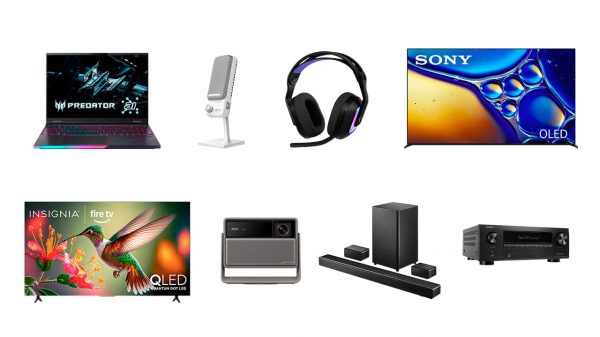The recent announcement by Comcast that it will trial IP video services later this year using the new DOCSIS 3.0 data networking standard highlights the keen interest many cable operators around the world are showing in the possibilities of IPTV.
“The coming integration of IP video services into cable TV infrastructure is the result of a convergence of market forces,” says ABI Research vice president Stan Schatt. “The main driver is the threat from the telecom operators, whose IP network configurations are allowing them to offer more dynamic services. As well as moving to IP to counter this threat, the cable operators aim to up the ante by incorporating mobile voice into their bundled offerings as quickly as possible.”
Another driver for IP video is the need for improved network efficiency and more available broadband spectrum. To offer more services, cable operators need “bigger pipes.” Their voice services are already IP, and they’re already using IP over DOCSIS for data. Moving the video to IP as well will mean more efficient networks allowing more converged services, such as bringing voice and data services to customers through their TV sets.
DOCSIS 3.0 is also seen as one way to increase available spectrum because it removes some of the video from the multicast stream that is part of the traditional spectrum.
“The consequences for equipment vendors will be enormous,” says Schatt. “North American cable operators collectively spent more than $80 billion on network upgrades in recent years, and now they’ll have to spend freely once more: the change to IP video affects not only core headend equipment, but the set-top boxes found in every household served by cable. This is going to create a huge equipment turnover.”
A new ABI Research study, “Cable Television Infrastructure: Headend, Plant, Spectrum, Backhaul, STB, and Revenue Analysis” (http://www.abiresearch.com/products/market_research/Cable_Television_Infrastruct ure) provides an overview of the CATV infrastructure market. It includes, among many other elements, forecast analysis of headend video equipment, CATV network plant, STB deployments, and bandwidth/spectrum expansion. It is part of the Multi-Channel Video Research Service (http://www.abiresearch.com/products/service/Multi-Channel_Video_Service), which also includes other Research Reports, Research Briefs, Market Data, Online Databases, ABI Vendor Matrices, ABI Insights and analyst inquiry support.
Founded in 1990 and headquartered in New York, ABI Research maintains global operations supporting annual research programs, intelligence services and market reports in broadband and multimedia, RFID & contactless, M2M, wireless connectivity, mobile wireless, transportation and emerging technologies. For information visit http://www.abiresearch.com, or call +1.516.624.2500.























